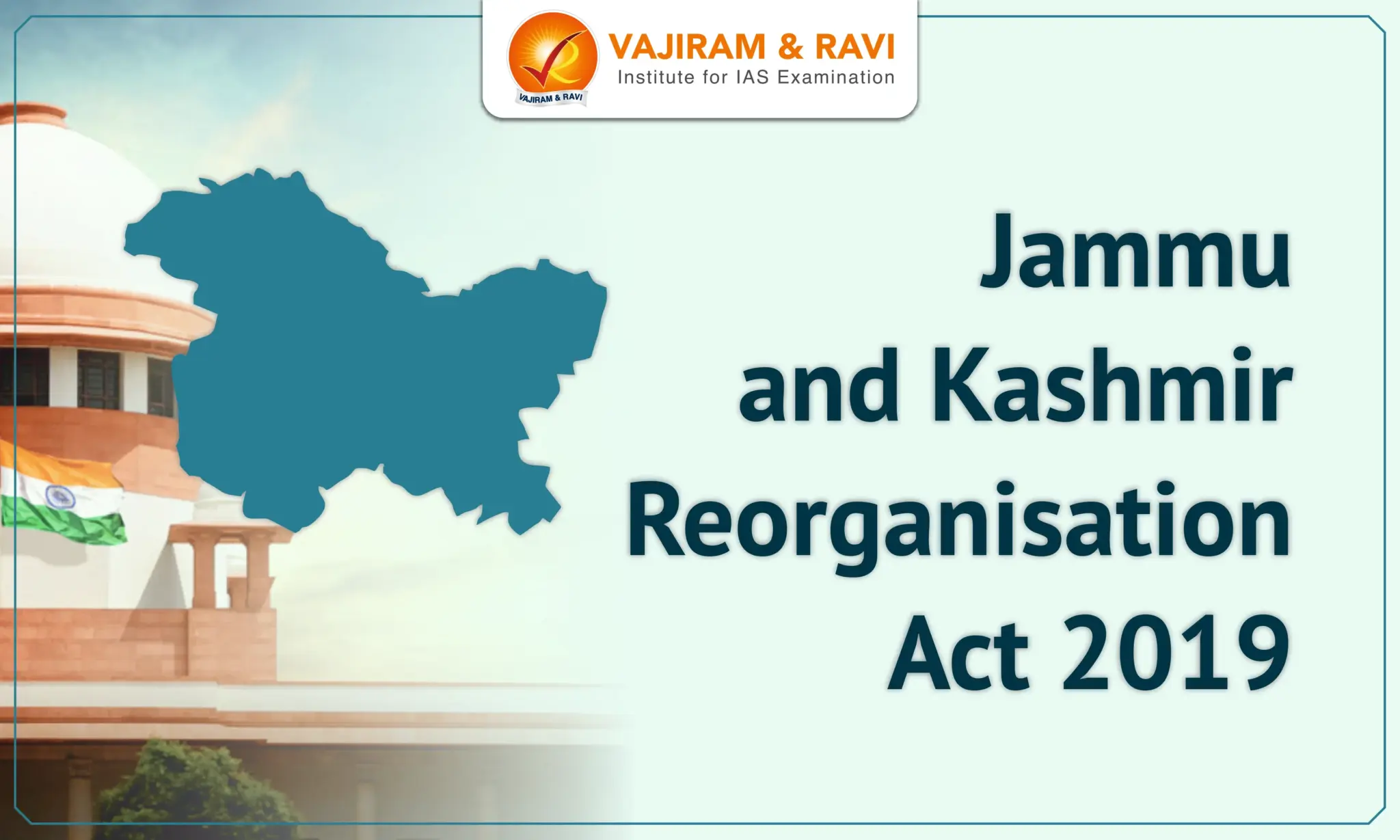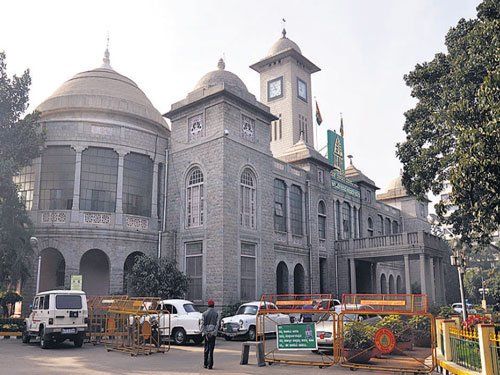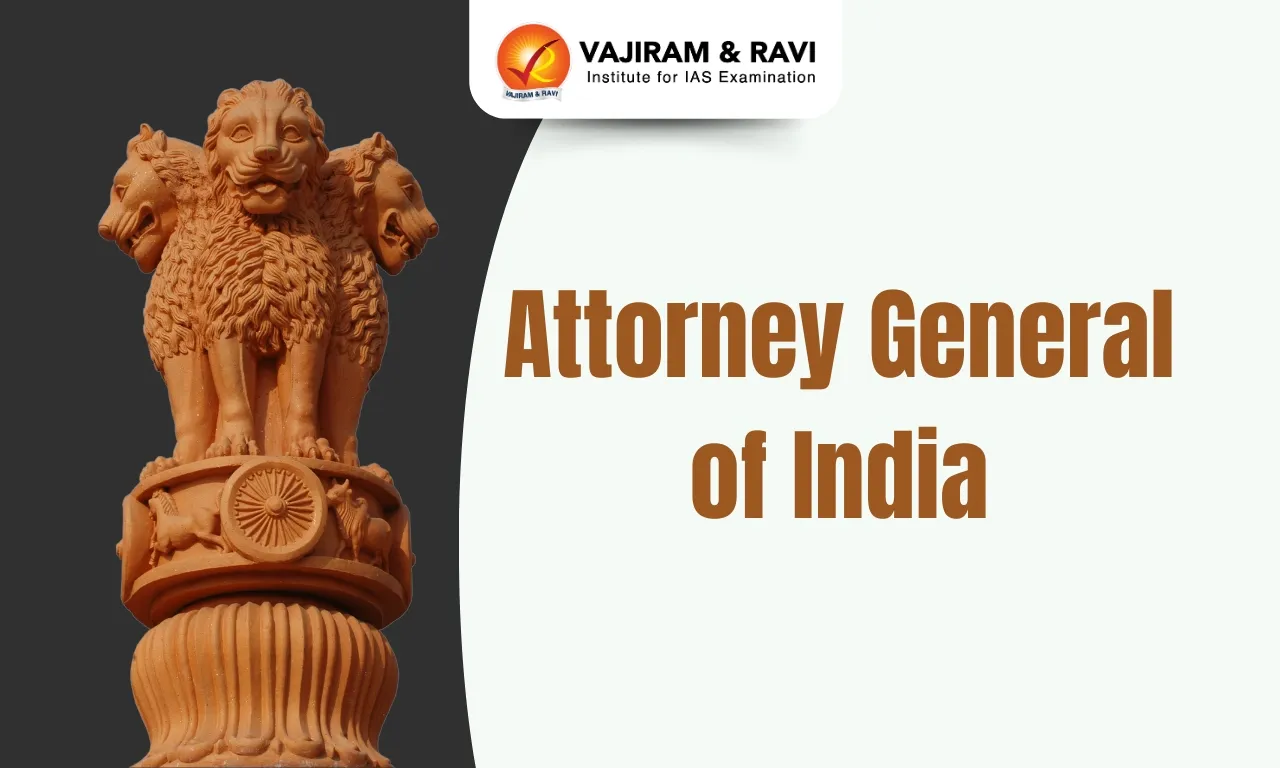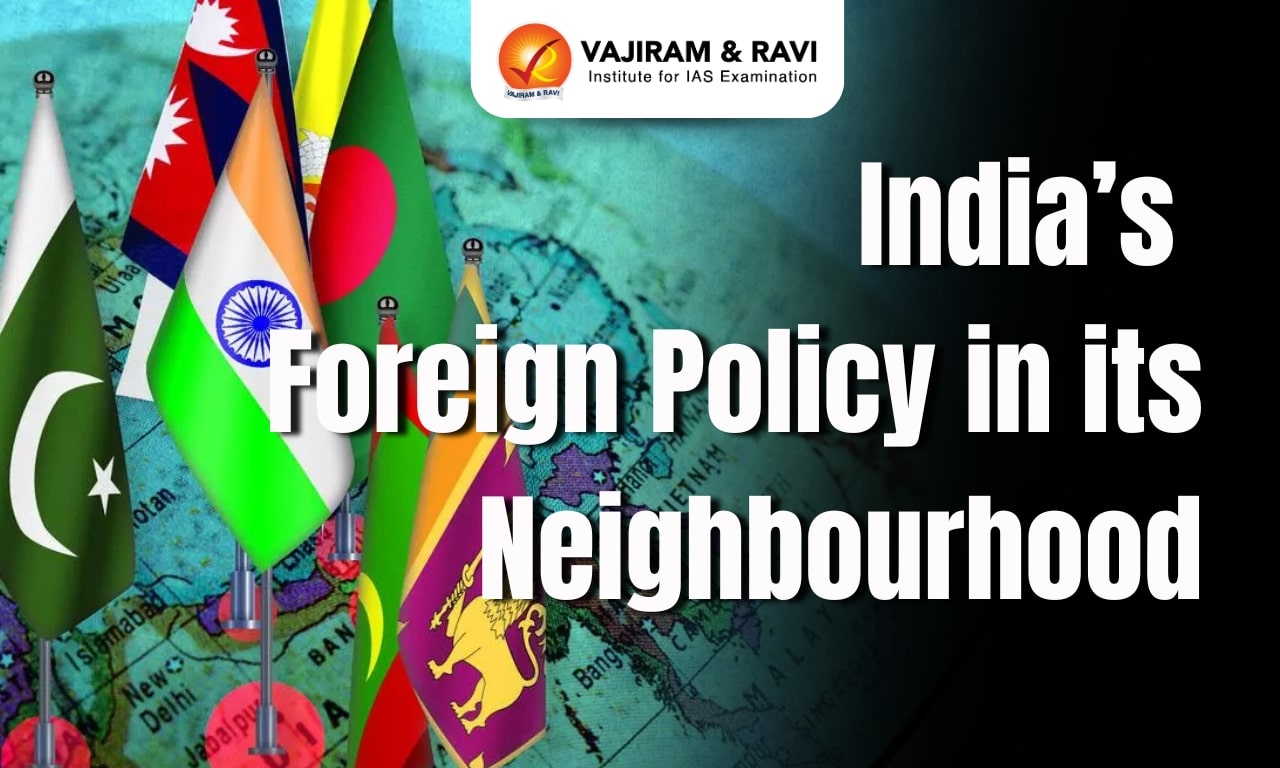The Jammu and Kashmir Reorganisation Act, 2019, is a landmark legislation that transformed the erstwhile state of Jammu and Kashmir into two Union Territories: Jammu & Kashmir and Ladakh. Enacted on August 5, 2019, this Act came in the wake of the abrogation of Article 370 of the Indian Constitution, which had previously provided special autonomy to the region.
The reorganization aimed to integrate the region with India by applying national laws uniformly. It addressed political instability, separatism, and underdevelopment, aiming to foster peace, stability, and economic growth for the local population.
Jammu and Kashmir Reorganisation Act 2019 Background
Article 370 of the Indian Constitution provided special status to the erstwhile state of Jammu and Kashmir. This article allowed the state to have its own constitution and a significant degree of autonomy. The Indian Parliament's jurisdiction was limited in the state, requiring concurrence from the state government for laws applicable to Jammu and Kashmir.
- However, over the years, Article 370 became a contentious issue, with calls for its abrogation growing amid concerns of terrorism, separatism, and a lack of development in the region.
- The political landscape shifted dramatically when the central government announced its intention to revoke this special status, arguing that it was a barrier to the integration of Jammu and Kashmir with the rest of India.
Jammu and Kashmir Reorganisation Act 2019 Key Provisions
The Jammu and Kashmir Reorganisation Act, of 2019, introduced significant changes aimed at integrating Jammu and Kashmir more closely with the Indian Union. By redefining the administrative structure, the Act sought to enhance governance and ensure that laws applicable in the rest of India also applied in the newly formed Union Territories. Key provisions of the Act include:
- Bifurcation into Union Territories: The Act split the state into two Union Territories—Jammu and Kashmir, and Ladakh.
- Legislative Assembly: Jammu and Kashmir was given a legislative assembly, while Ladakh is administered by a Lieutenant Governor.
- Lok Sabha Representation: Of the six Lok Sabha seats, one is allocated to Ladakh and five to Jammu and Kashmir.
- High Court Jurisdiction: The High Court of Jammu and Kashmir serves both Union Territories.
- Governance under Article 239A: Jammu and Kashmir’s administration follows Article 239A, similar to Puducherry, with a Lieutenant Governor appointed by the President and a legislative assembly of 107 to 114 members.
- Legislative Powers: The assembly can legislate on state matters, while "public order" and "police" remain under Union control.
- Abolishment of Legislative Council and Law Reforms: The Act abolished the Jammu and Kashmir Legislative Council, extended 106 central laws, amended 7 state laws, and repealed 153 state laws in the new Union Territories.
Jammu and Kashmir Reorganisation Act 2019 Aftermath
The aftermath of the Jammu and Kashmir Reorganisation Act, 2019, was marked by significant political, social, and security changes in the region. The abrogation of Article 370 and the bifurcation into two Union Territories led to increased security measures, including curfews and communication restrictions, aimed at preventing unrest. Politically, the move was met with resistance from regional parties, while the central government argued it would bring development and integration.
-
- Development projects and investments were announced to boost infrastructure, healthcare, and education.
- Additionally, in October 2024, Jammu and Kashmir held its first-ever assembly elections post-reorganisation, marking a new chapter in the region’s democratic process and political landscape.
- These elections were seen as a crucial step towards restoring full democratic governance in the Union Territory.
Last updated on December, 2025
→ Check out the latest UPSC Syllabus 2026 here.
→ Join Vajiram & Ravi’s Interview Guidance Programme for expert help to crack your final UPSC stage.
→ UPSC Mains Result 2025 is now out.
→ UPSC Notification 2026 is scheduled to be released on January 14, 2026.
→ UPSC Calendar 2026 is released on 15th May, 2025.
→ The UPSC Vacancy 2025 were released 1129, out of which 979 were for UPSC CSE and remaining 150 are for UPSC IFoS.
→ UPSC Prelims 2026 will be conducted on 24th May, 2026 & UPSC Mains 2026 will be conducted on 21st August 2026.
→ The UPSC Selection Process is of 3 stages-Prelims, Mains and Interview.
→ UPSC Result 2024 is released with latest UPSC Marksheet 2024. Check Now!
→ UPSC Prelims Result 2025 is out now for the CSE held on 25 May 2025.
→ UPSC Toppers List 2024 is released now. Shakti Dubey is UPSC AIR 1 2024 Topper.
→ UPSC Prelims Question Paper 2025 and Unofficial Prelims Answer Key 2025 are available now.
→ UPSC Mains Question Paper 2025 is out for Essay, GS 1, 2, 3 & GS 4.
→ UPSC Mains Indian Language Question Paper 2025 is now out.
→ UPSC Mains Optional Question Paper 2025 is now out.
→ Also check Best IAS Coaching in Delhi
Jammu and Kashmir Reorganisation Act 2019 FAQs
Q1. How was Jammu and Kashmir divided in 2019?+
Q2. When was Article 370 removed?+
Q3. When was the J&K Reorganisation Act passed by the Parliament of India?+
Q4. What are the important points of the J&K Reorganization Act 2019?+
Q5. Is Article 239A applicable to Jammu and Kashmir?+

















